As part of Apple's iOS operating system, we can come across the native Health application, which is used for grouping health data and reporting some important things. Undoubtedly, apple watchers most often view, for example, steps taken and distance, length of sleep, sound volume in headphones and other interesting things here. Unfortunately, the vast majority of users are not interested in the application's other options, even though it is a comprehensive tool that can be used to record data of various types and keep detailed information on everything that is even slightly related to human health.
It could be interest you
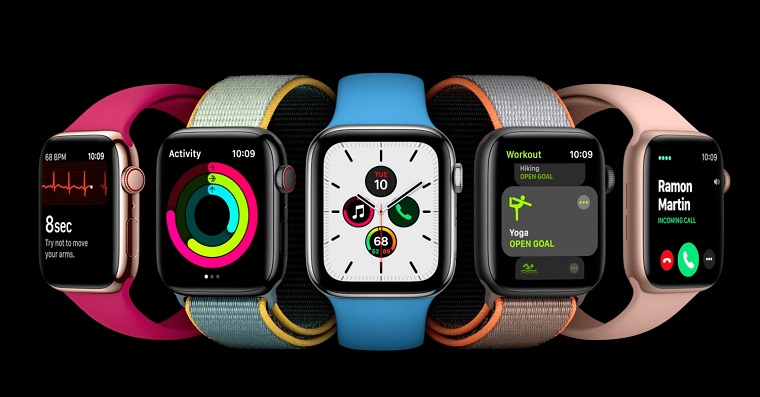
On the other hand, it's too bad. As we mentioned above, with the help of native Health, you can track practically everything you can think of in connection with health. So let's take a look together at what the Zdraví app can actually do, what you can monitor with it, and how it can ultimately help you.
Native Health options
As we mentioned in the beginning, apple growers most often use the Zdraví native application to monitor their own physical activity. This is doubly true if you own an Apple Watch, which is able to better monitor these activities and therefore provide more accurate information. In terms of activity, we thus have an overview of, for example, walking and running, steps, floors climbed, kilocalories burned, minutes/hours not sitting, individual activities (cycling, swimming, etc.), or even the so-called cardiovascular fitness - which, simply put, informs about to the physique of a particular person. Also closely related to the activity is the so-called Momentum. Instead, it provides us with data on step length, walking speed, as well as its asymmetry and stability.
But now let's move on to something that people don't use that often anymore. In native Health, we also find a category Respiration, Hearing a Heart. These categories will probably be familiar to apple watchers using the Apple Watch, as they greatly facilitate the collection of data and can therefore take care of displaying more accurate information. Later, however, it is often forgotten, for example, about Symptoms. As the name itself suggests, in this section people can write down the symptoms of what is currently bothering them. By keeping a detailed overview of your symptoms, you can subsequently inform your doctor about everything you are dealing with, which in turn can make it easier for him to determine the diagnosis. Whether you are suffering from a specific pain, shortness of breath, fever, cough, fainting or anything else, you can keep track of it in Health.
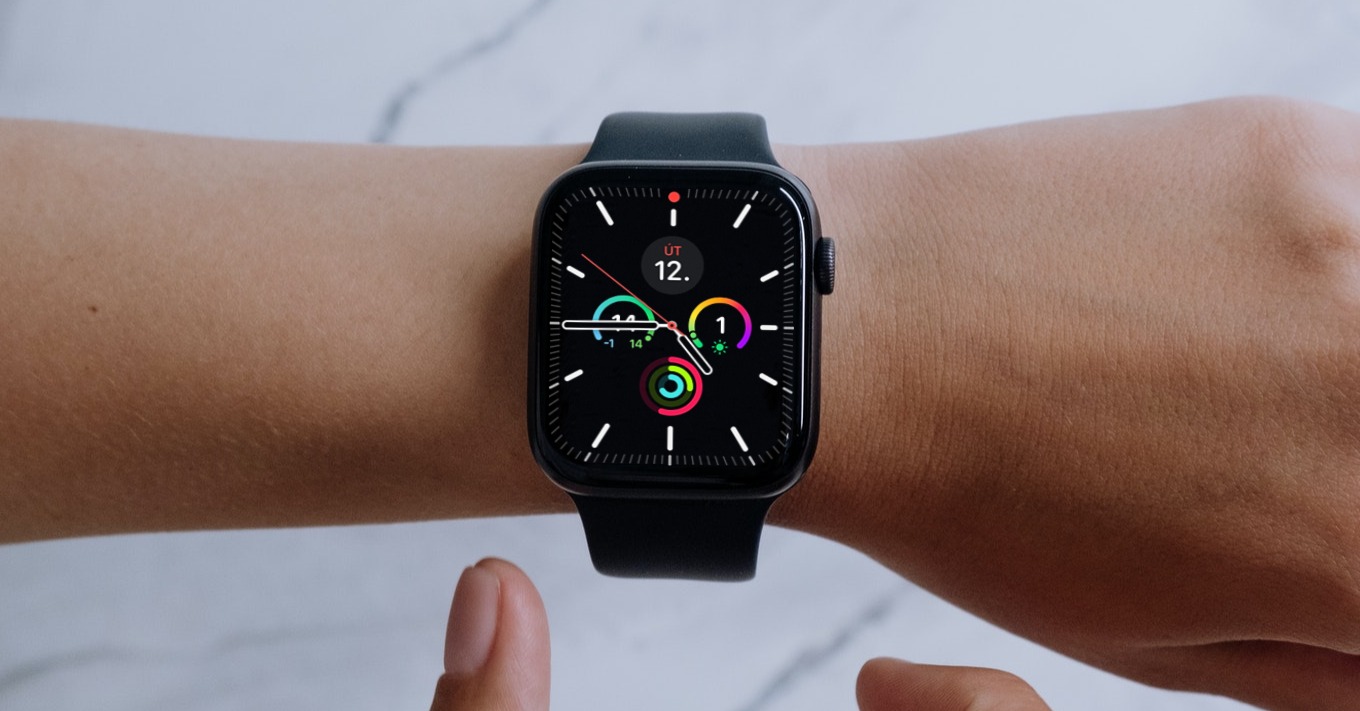
However, it does not end there. You can also find a category here Vital functions, where you can find information from, for example, the Apple Watch, or you can supplement it with, for example, body temperature data. More sections follow Nutrition a Other data.
Why aren't apple pickers maxing out Health?
In the end, let's shed some light on why Apple users don't use the native Health app that much. In the end, it's quite simple. Although it is good to keep detailed reports and have all the information related to health, on the other hand, it can more or less be said that most people can do without them. It is also connected with this that most people will not even want to write data all the time. If they don't monitor themselves, then in the vast majority of cases you won't even find them.
It could be interest you
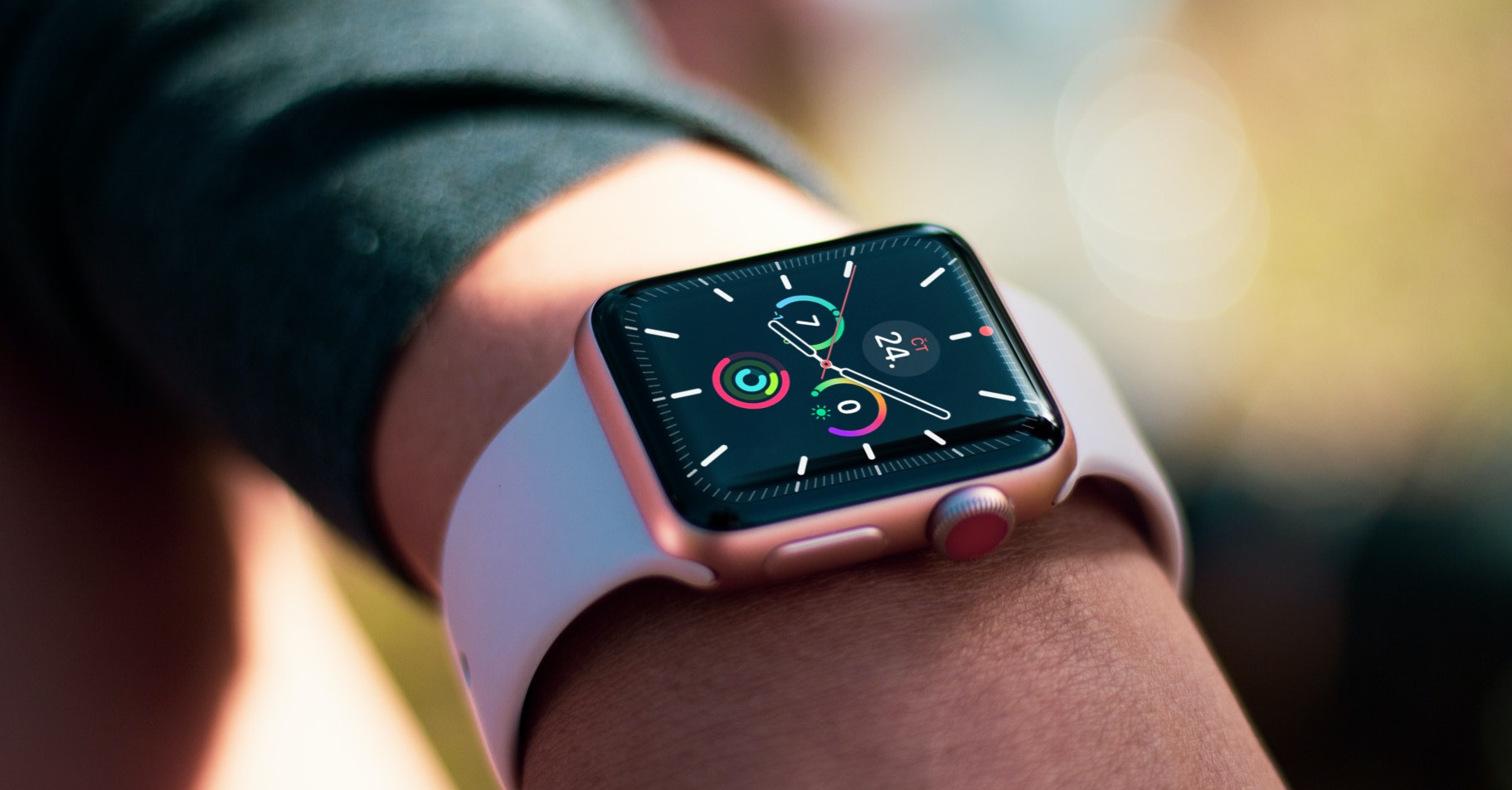
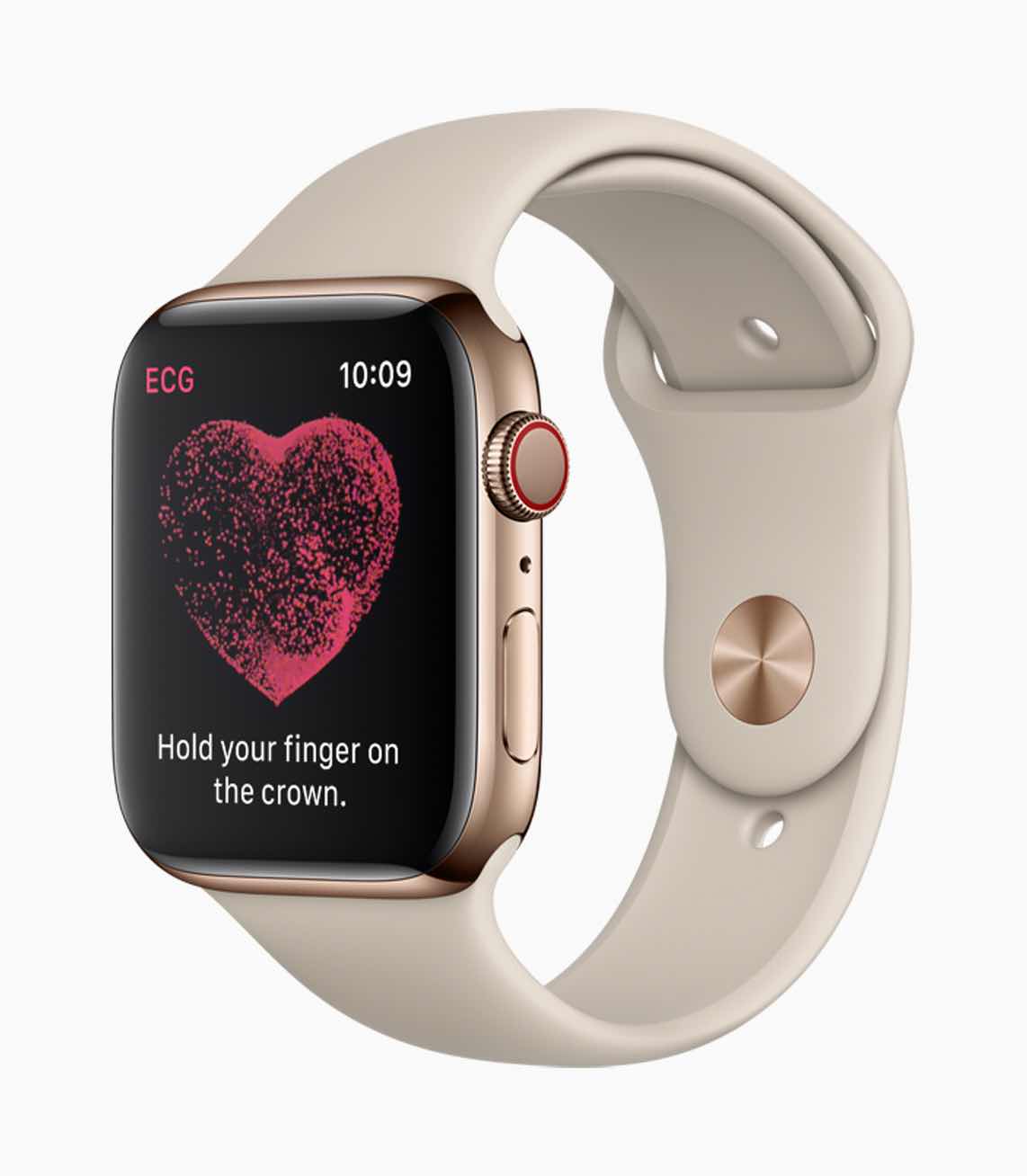
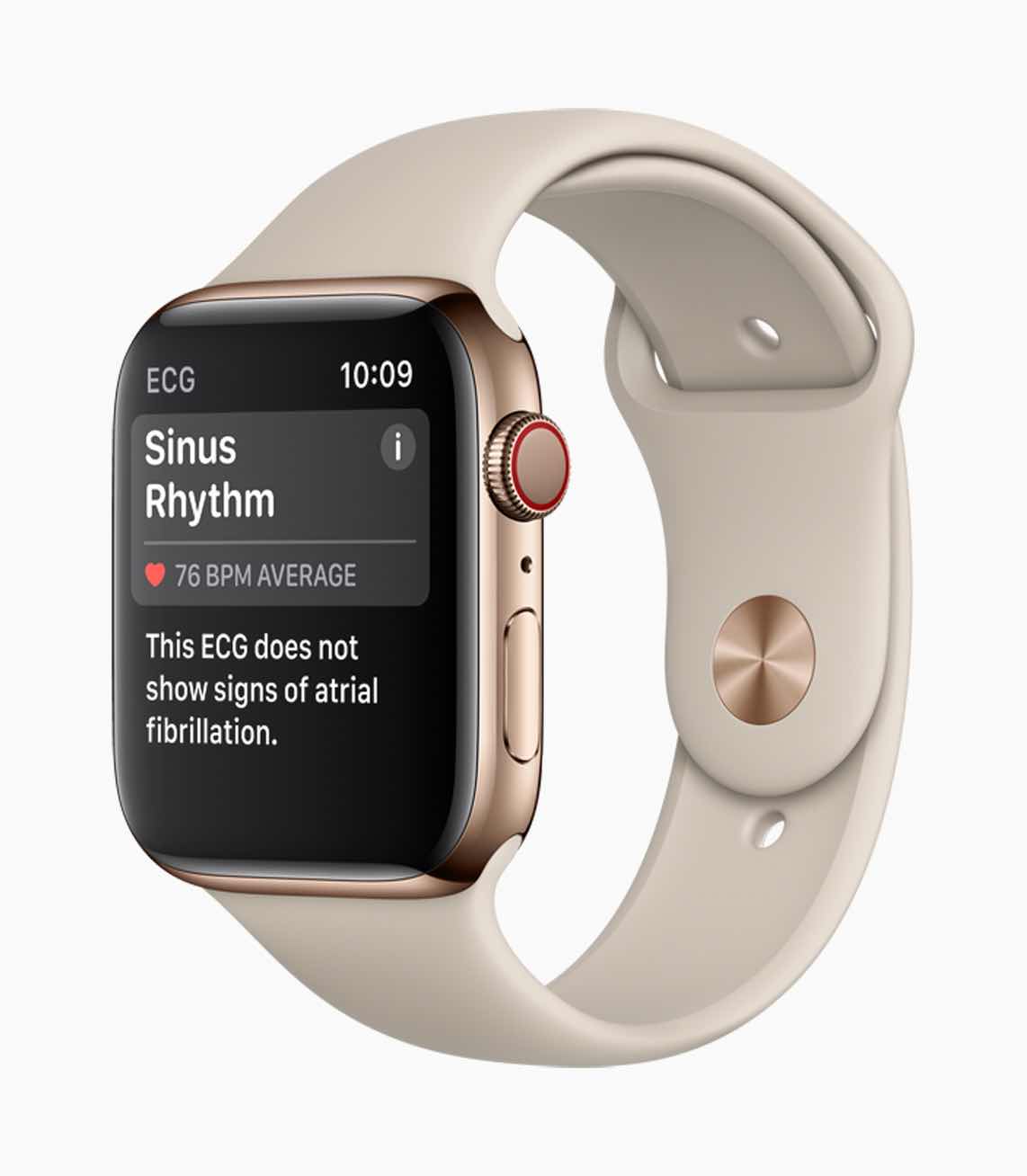
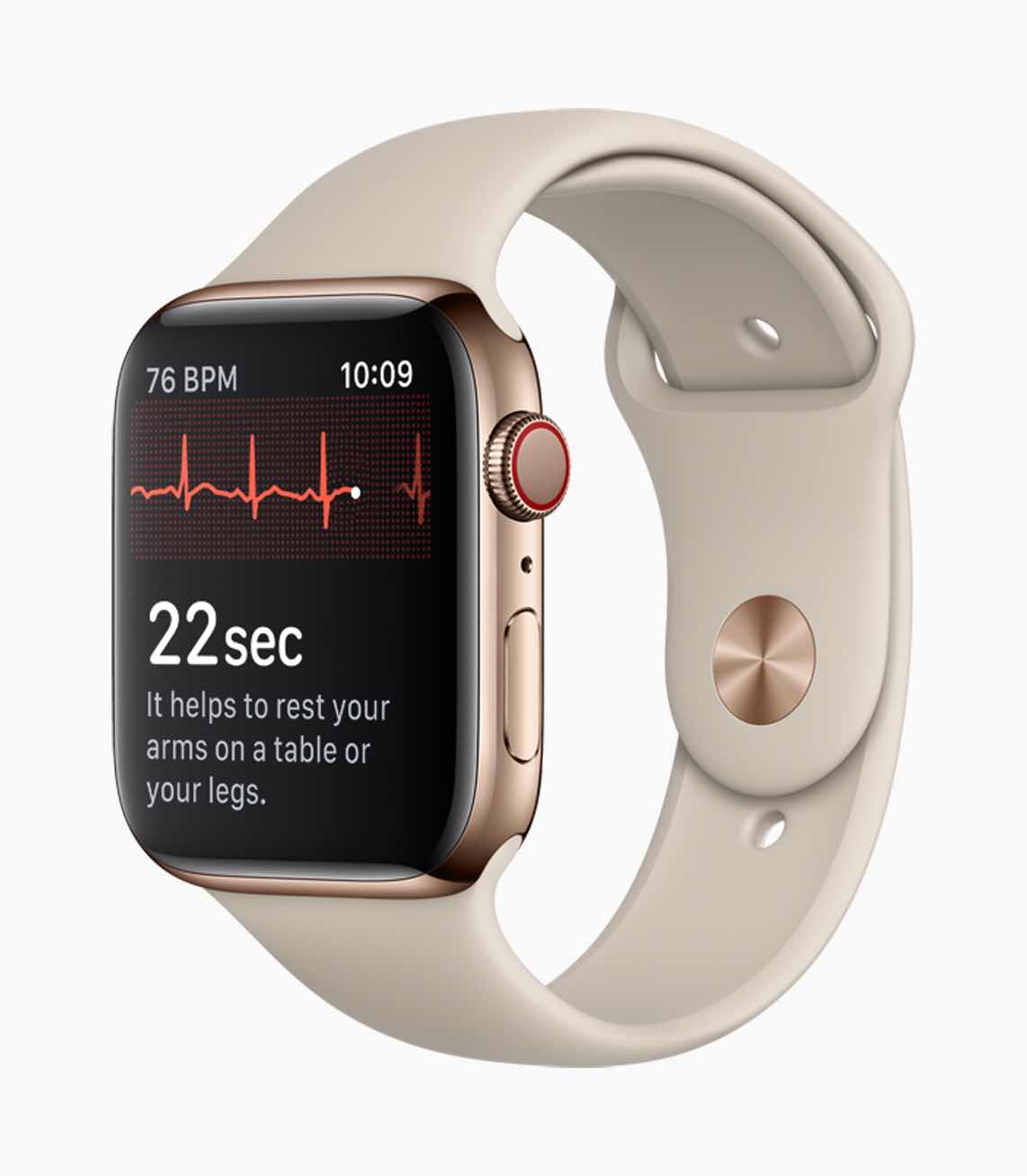
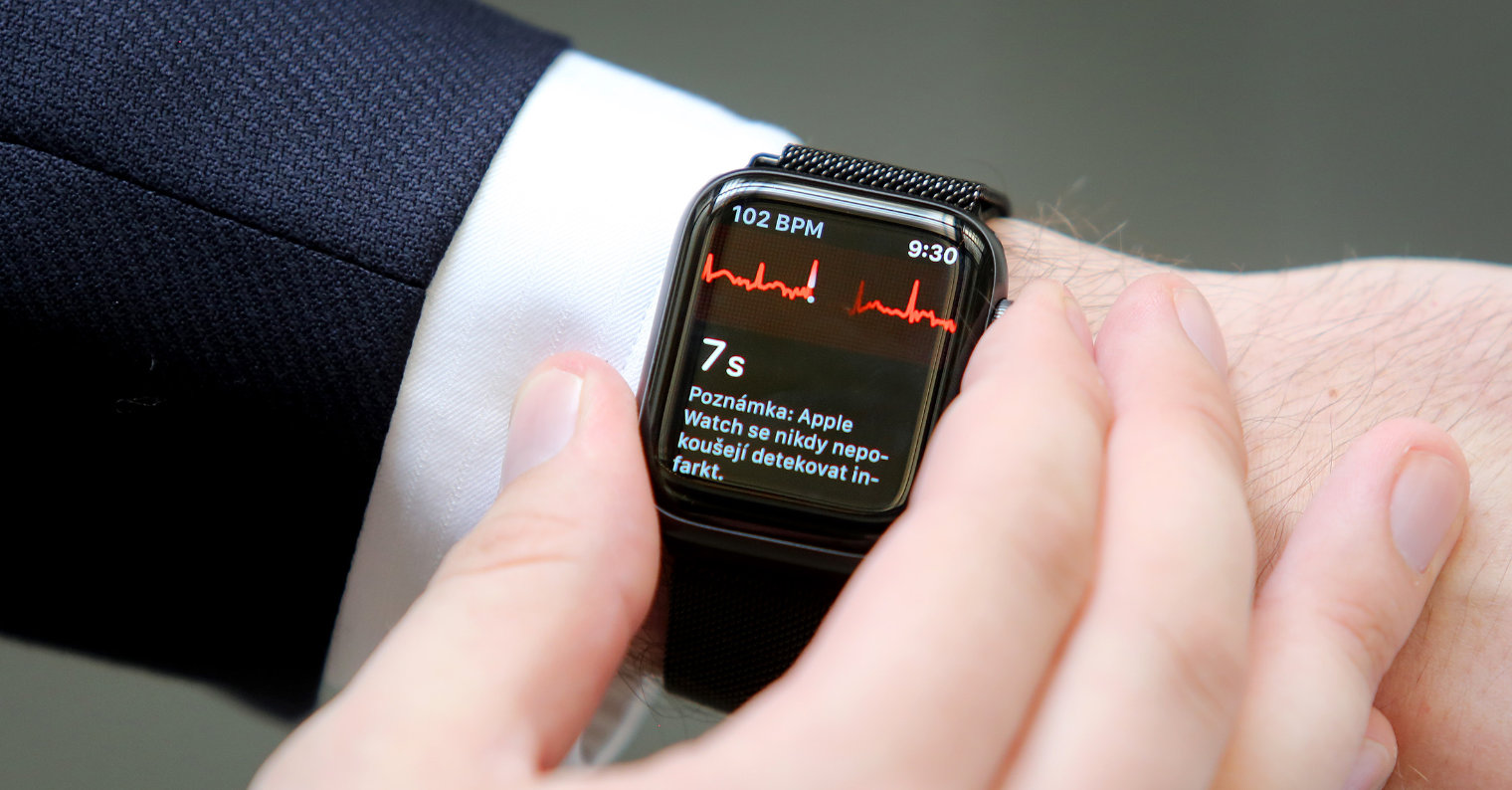

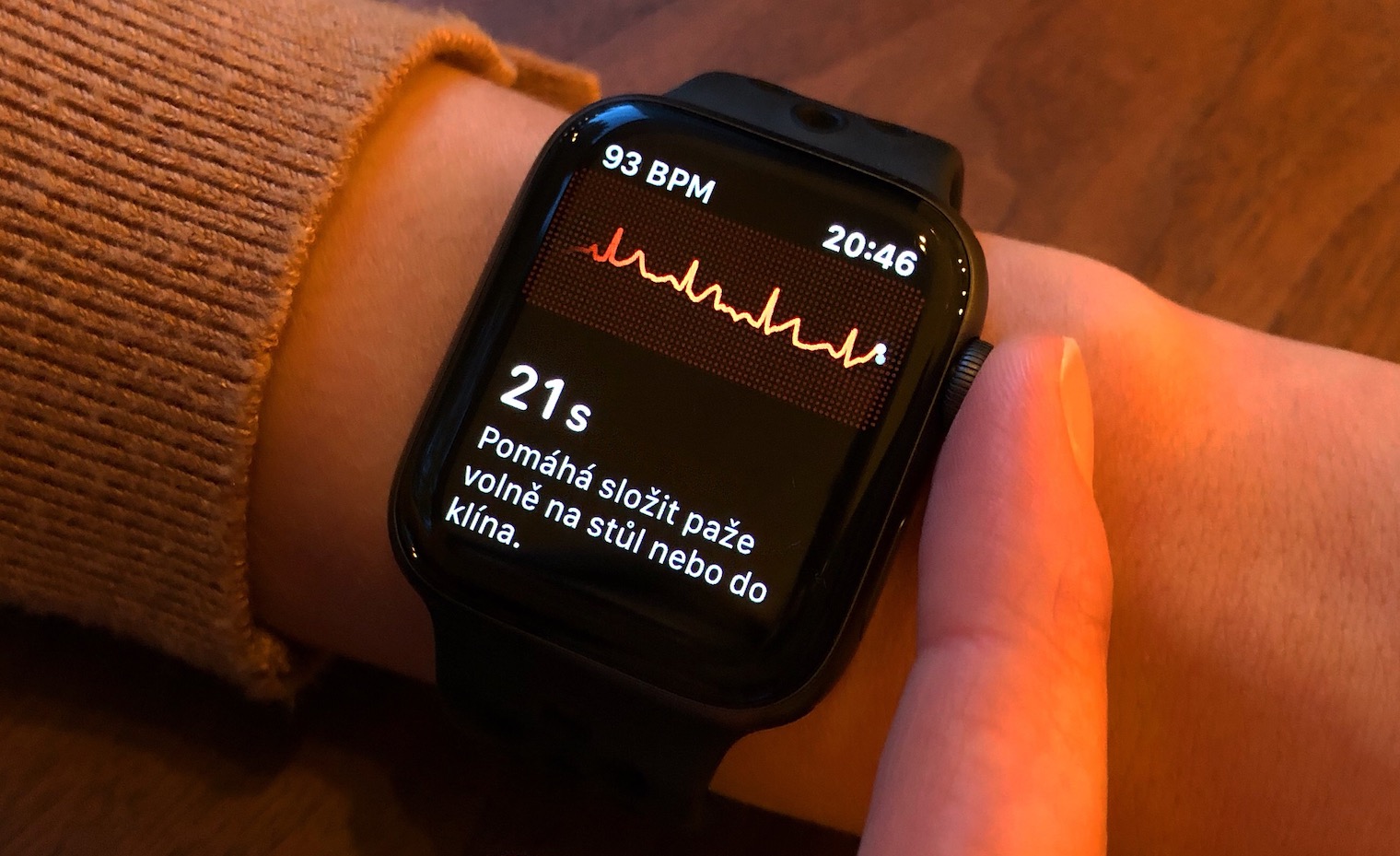
I started using the reminder and writing down the medications and it's annoying me enough, so I'm thinking of stopping it again. The same recording of water consumed, I endured it for about a year and I don't do it anymore, I simply don't enjoy it.